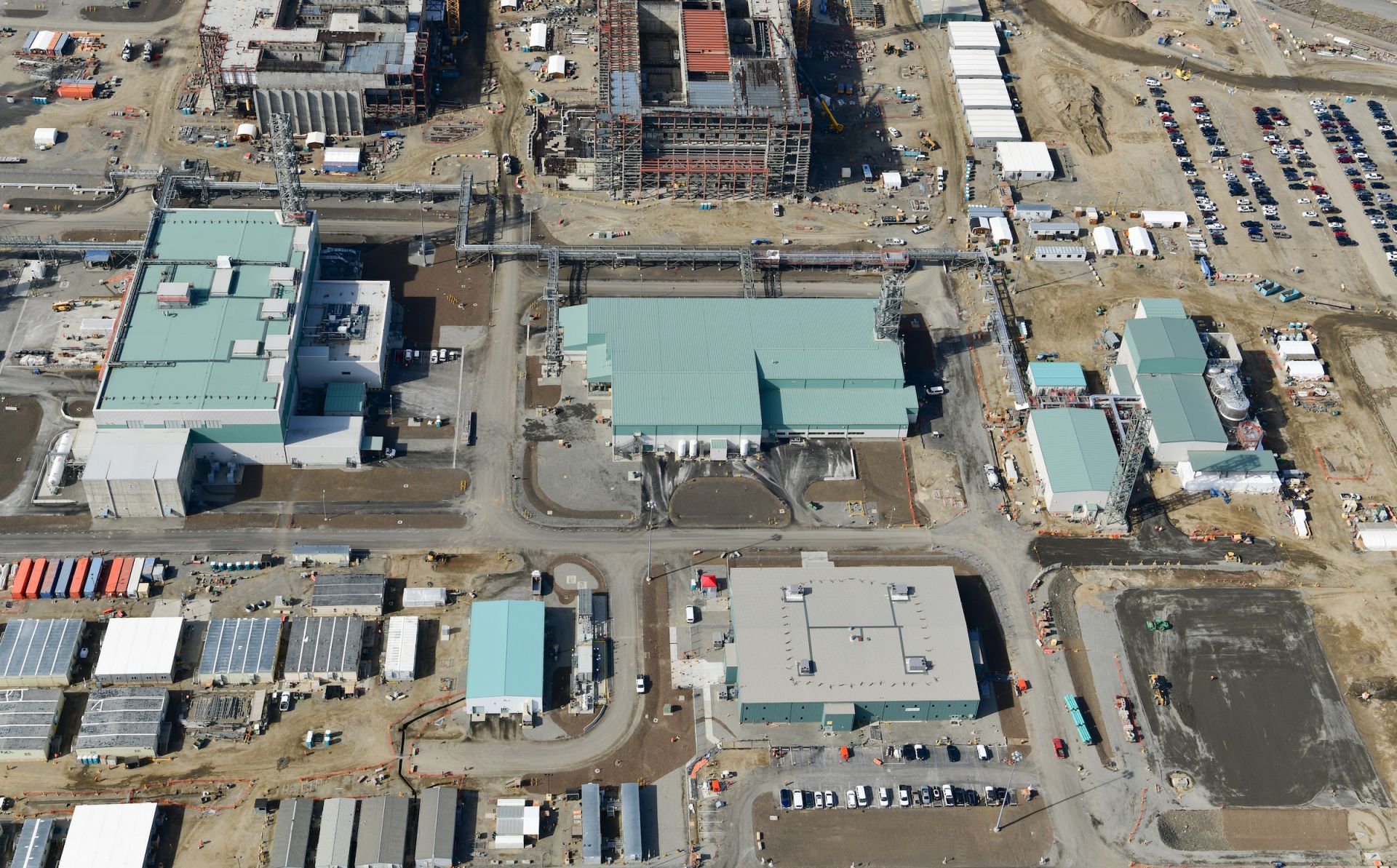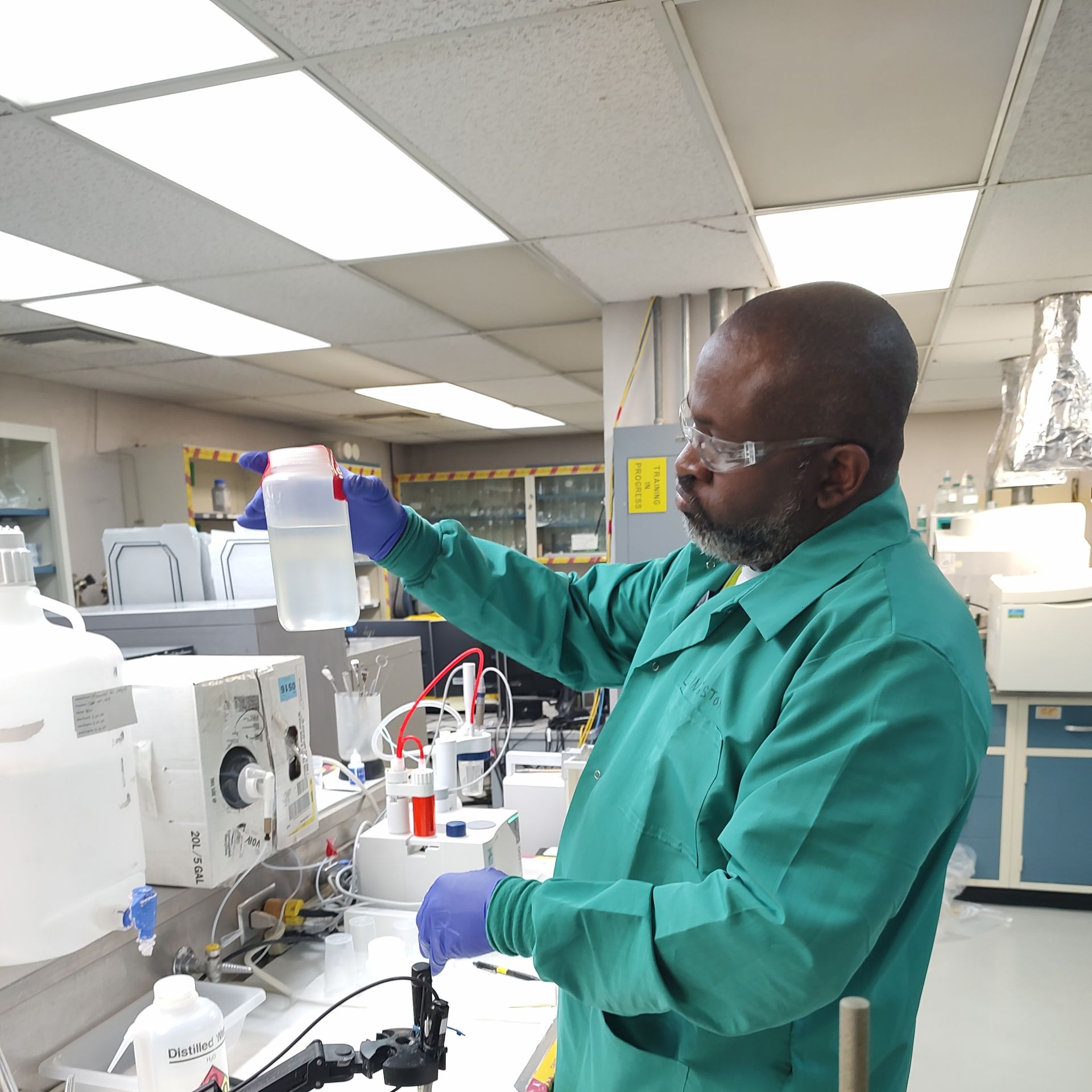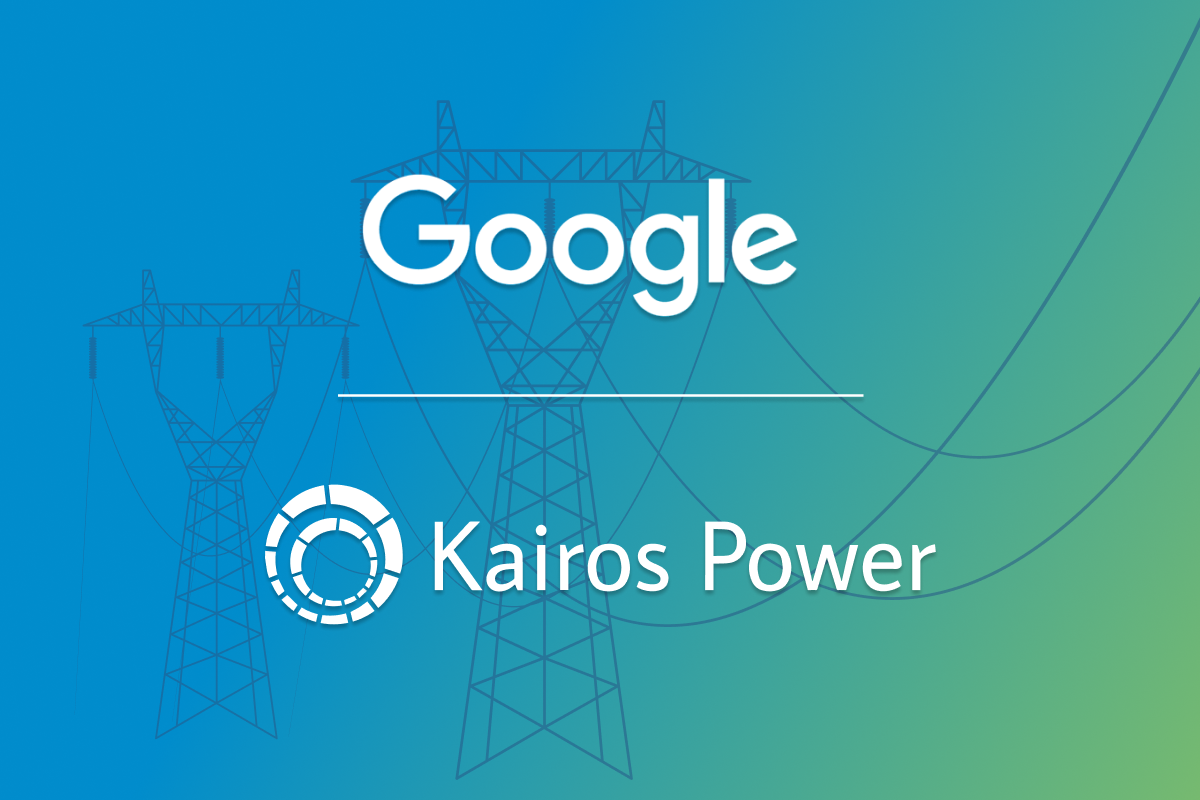NRC schedules Atlanta meeting
A hybrid public meeting hosted by the Nuclear Regulatory Commission on October 30 will feature chair Christopher Hanson and commissioners David Wright, Annie Caputo, and Bradley Crowell.

A message from NV5, Inc.
Seconds Matter: Rethinking Nuclear Facility Security for the Modern Threat Landscape
A hybrid public meeting hosted by the Nuclear Regulatory Commission on October 30 will feature chair Christopher Hanson and commissioners David Wright, Annie Caputo, and Bradley Crowell.

Nuclear advocates across the country have been asking fans to cheer for more than just touchdowns this college football season. They want people to learn about and support nuclear energy.
They want them to “heart” nuclear as much as they do.
Interest in new reactor deployments and existing reactor life extensions is surging, encouraged by production and investment tax credits from the Inflation Reduction Act and led by electricity demand from tech companies. Last week alone saw Google and Amazon investing in Kairos Power’s fluoride salt–cooled reactor and X-energy’s high-temperature, gas-cooled reactor, respectively. On October 16, the DOE’s Office of Clean Energy Demonstrations issued a solicitation to award $900 million to support the initial domestic deployment of light water–cooled small modular reactor technologies.

BWX Technologies announced that the Department of Energy has approved Hanford Tank Waste Operations & Closure (H2C) to begin work under a contract valued at up to $45 billion to clean up tank waste at the Hanford Site near Richland, Wash. H2C is a limited liability company made up of BWXT Technical Services Group, Amentum Environment and Energy, and Fluor Federal Services.

Natalie Yonker
It’s all about finding the sweet spot: performing the correct maintenance at the correct interval (that is, the longest possible) with the correct resources (people, parts, and plant conditions) in a safe and efficient manner.
When engineering and maintenance teams adjust periodic maintenance (PM) intervals for plant components, they must take into consideration operating history, industry experience and guidelines, and vendor recommendations. This data, in conjunction with risk assessment, can be used to stretch maintenance intervals. If a valve fails before the scheduled PM, for example, the PM interval may be too long. But if a valve is overhauled during every refueling outage and the soft parts still look new each time, extending the PM interval would save money via man-hours, parts, and scope. A smaller outage work scope results in shorter outages, which results in less money spent on replacement power for the utility. That’s the real savings.

Sam Lochmann is a well-respected sergeant in the security department at the Wolf Creek nuclear power plant near Burlington, Kan. The plant, a 1,200-MWe Westinghouse pressurized water reactor operated by Wolf Creek Nuclear Operating Corporation (WCNOC), had its 26th refueling outage this past spring.

Earnestine Johnson
Even if conditions for mentoring are ideal, there is no guarantee that your employees won’t leave for other opportunities. Mentoring should be viewed as a duty and not as something that slows one’s work progress. In nuclear, we are challenged with striving continuously to become better professionals in our roles. Mentoring can accelerate that journey exponentially.
Although we will encounter employees who will not listen even in the best of mentoring moments, we cannot afford to lessen our efforts. Instead, work with those who welcome your time and your insights, because the nuclear industry can be an overwhelming realm to enter. We grow accustomed to the sheer volume of acronyms we use, the system complexities and nuances, the challenging and stringent regulatory environment, the personal challenges from fellow co-workers, and the high stakes associated with nuclear safety. Any one of these represents a challenge for even the most skilled engineers and technicians—and we sometimes take for granted this insider knowledge, forgetting that newcomers to the field do not yet have that perspective.
If we needed more proof that this is a “nuclear week”—in the words of Energy Secretary Jennifer Granholm on Wednesday, as she announced small modular reactor funding while celebrating tech company investments in advanced reactors—the Department of Energy came through late yesterday when, just nine days after announcing six contracts for high-assay low-enriched uranium (HALEU) deconversion, it announced four contracts for HALEU enrichment services worth up to $2.7 billion. Those contracts are going to Centrus Energy’s American Centrifuge Operating subsidiary, General Matter, Orano Federal Services, and Urenco USA’s Louisiana Energy Services.

Nuclear Waste Services (NWS), an organization comprised of the United Kingdom’s Low Level Waste Repository, Radioactive Waste Management, and Nuclear Decommissioning Authority (NDA), has issued its Annual Review: 2023 to 2024. The report highlights the key areas of progress and achievements made by the government-affiliated organization during the past year.

Earlier this month, General Atomics made its Fusion Synthesis Engine (FUSE) software available to others who want to design and build magnetic confinement fusion power plants.

The Department of Energy is proposing to fully decommission the Submarine 5th Generation General Electric (S5G) prototype at the Naval Reactors Facility on the Idaho National Laboratory site. Along with the Environmental Protection Agency and the state of Idaho, the DOE has initiated a 30-day public comment period (ending November 14) on the planned end state for the facility and its defueled reactor vessel.

Yesterday morning as Amazon, X-energy, Energy Northwest, and Dominion Energy were sharing a spotlight celebrating their investment in X-energy’s high-temperature gas-cooled reactor technology, the Department of Energy opened up the application process for up to $900 million in cost-shared funding to support the initial domestic deployment of a different type of reactor—light water reactors generating about 300 MWe that the DOE calls Gen III+ small modular reactors.

Craig Piercy
cpiercy@ans.org
Twice a year, the ANS president and I work with the general chair of our next national meeting to set the theme of the event.
It’s no easy process. Sure, one can be anodyne, picking anything with “collaborations” or “partnerships” in it—perfectly acceptable but easily forgotten. “Partnerships for Innovation.” Yay! Wait, what?
The true goal is to capture the zeitgeist, the vibe that can frame properly a fulsome conversation around the state of applied nuclear science and technology at this particular moment in time. Yes, our theme is intended largely for the opening plenary, but I’ve often seen speakers use it as a conversational leverage point in the technical and executive sessions that follow.

Tech giant Amazon announced Wednesday new partnerships with Dominion Energy and X-energy to develop and deploy 5 gigawatts of nuclear energy to power needs across the country over the next 15 years.

Oklo Inc. announced yesterday that a safety design report for the Aurora fuel fabrication facility the company plans to build at Idaho National Laboratory has the approval of the Department of Energy. At the facility, Oklo plans to use high-assay low-enriched uranium (HALEU) that has been recovered from used Experimental Breeder Reactor-II fuel to produce fuel for its first planned microreactor—dubbed Aurora—which is also set for deployment at INL.
ANS CEO Craig Piercy welcomes tech industry's plans to build nuclear energy projects
Washington, D.C. — Craig Piercy, CEO of the American Nuclear Society (ANS), issued the following statement:
"The American Nuclear Society applauds the announced partnerships between Google and Kairos Power and by Amazon and X-energy. Together, these deals will add at least 820 megawatts of zero carbon electricity to the U.S. energy supply. This is a major step toward securing the commercial deployment of advanced nuclear technologies that will make the world a cleaner and more prosperous place."

More than 4,700 attendees recently filled the Augusta Convention Center in Georgia in search of higher education and career opportunities during the Savannah River Site Central Savannah River Area College Night. The Department of Energy’s Savannah River Site is in South Carolina.

Kairos Power and Google announced over the weekend a new power purchase agreement to provide the tech giant with 500 megawatts of clean energy by 2035.
Under the agreement, California-based Kairos Power will develop, construct, and operate a series of advanced reactor plants and sell energy, ancillary services, and environmental benefits to Google. Plants will be sited in “relevant service territories” to supply clean electricity to Google data centers. The first reactor is planned to be deployed by 2030 to support Google’s 24/7 carbon-free energy and net-zero goals.
Employees at the H Canyon Chemical Separations Facility at the Department of Energy’s Savannah River Site in South Carolina recently began the dissolution of nuclear material from a Japanese research reactor, leading to its safe disposal.

On October 8, the Department of Energy’s Idaho Operations Office released the draft environmental assessment (EA) Demonstration of Microreactor Experiment (DOME) Test Bed Operations. The draft EA assesses the potential environmental impacts of plans to use the containment dome of the former Experimental Breeder Reactor-II at Idaho National Laboratory’s Materials and Fuels Complex (MFC) to test multiple TRISO-fueled advanced reactor designs on a micro scale.